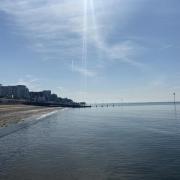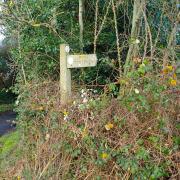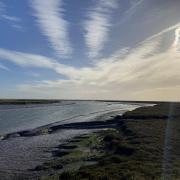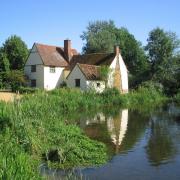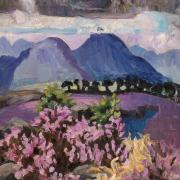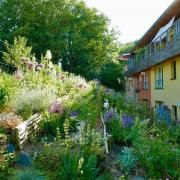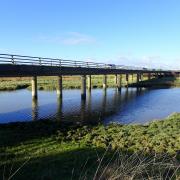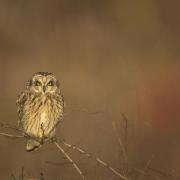Recent Essex-based research has shown the vital conservation values of brownfield sites, a type of land the county is well blessed in. Rebecca Hughes explains more
Essex is home to some of the UK’s best brownfield sites, supporting a varied bounty of wildlife, especially along the county’s boundary with the River Thames as it flows east out of London. Now, new research being undertaken at Writtle College is shining the spotlight on the conservation value of brownfield sites, both in Essex and further afield.
Alan Roscoe, a conservation lecturer at Writtle College, has set up the Brownfield Research Group to promote study of the habitat and improve the public’s perception of these sites, where there has been previous industrial or other development that has since been abandoned.
Alan explains: ‘We have unwittingly created some of the most valuable wildlife sites in the whole of the UK – our brownfields. Brownfields present an interesting ecological challenge as they have not started life as other habitat types do, and there’s comparatively little research on them. What we do know, however, is that even very small sites can have great potential. I’m keen that our students have the opportunity to study these areas alongside the other habitats we consider as part of our curriculum, such as woodlands and grasslands.’
Brownfields often have diverse plant communities, partly due to a general lack of available nutrients. ‘Even contamination by pollutants can be a good thing, as it inhibits the growth of naturally more competitive plants and allows others to come through,’ Alan continues.
The fact that industry also brings in different materials creates a variety of substrates for plants and insects once industrial activity stops. ‘We see a similar situation along railway lines, where gorse occasionally grows on sand or other materials brought in for construction or maintenance,’ adds Alan.
Relatively dry and warm weather in Essex is another plus for brownfields. The stress of a dry climate helps hold back plants that might dominate and heat helps warm bare areas of ground that can be used as basking or nesting sites. Their run-down appearance and the fact they are often fenced off means the sites are usually undisturbed, allowing communities of plants and insects to develop and mature.
But there are threats. ‘Housing is probably the greatest threat at the moment and the longer the mantra of brownfield re-development continues, the faster we’ll lose these sites,’ says Alan.
‘Organisations such as Buglife and Essex Field Club are working hard to highlight the importance of brownfield sites to policy makers.’
Official recognition of brownfield has recently taken a step forwards. Sites which have the right blend of micro-habitats and plant communities have now been recognised by the UK Biodiversity Framework and have even been given their own classification – Open Mosaic Habitat.
Canvey Wick, a large brownfield site on Canvey Island, was designated a Site of Special Scientific Interest in 2005, despite having been threatened by development in the 1990s. It is now home to species such as the shrill carder bee, which has seen huge declines in recent years.
Alan explains: ‘The wonderful thing is the shrill carder bee really does sound like a bee that has inhaled helium, which makes it easy to identify out in the field.’
Alan will be undertaking research at Canvey over the next two years, in partnership with Buglife, to establish the optimum ways to manage brownfield for the benefit of insects and plants. This research is already hitting the headlines, with Alan recently appearing on the BBC’s Countryfile in a feature about the conservation value of such sites.
Alan adds: ‘There’s rather a charming irony to the way in which consumer society has helped to create these sites. By pure chance, we’ve provided something which is perhaps unappealing to the human eye, yet of immense importance to some of our rarest species.’






